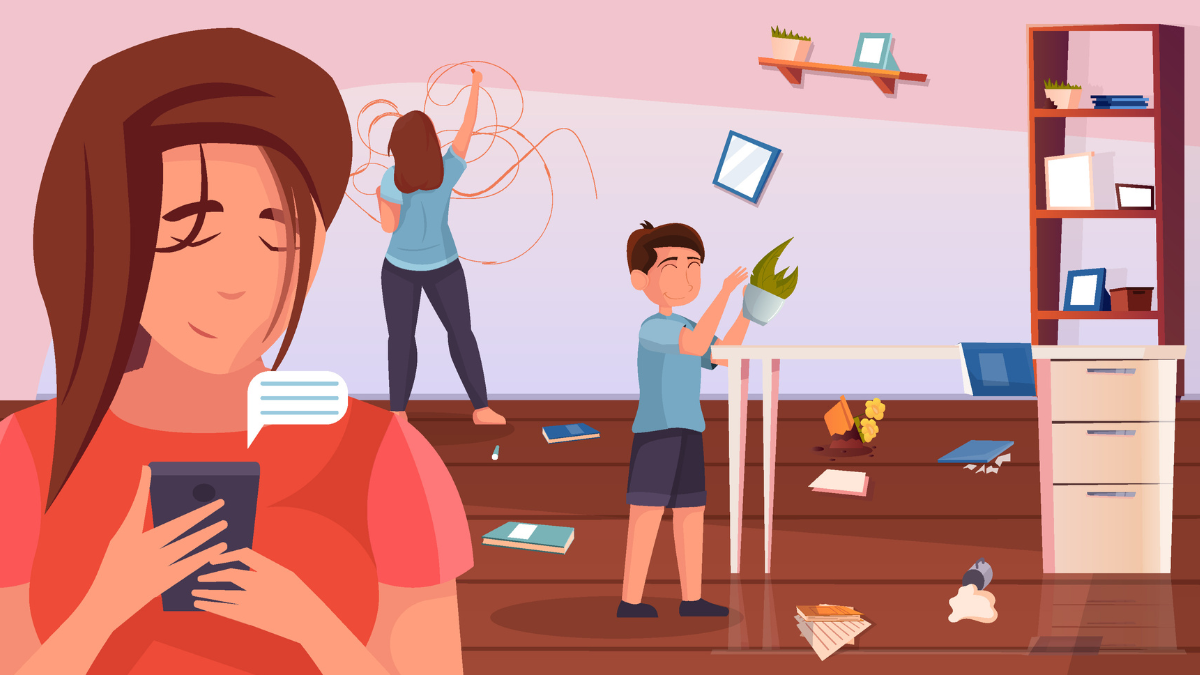
For years, I believed my relentless exhaustion was simply the price of ambition. I was a functioning adult: meticulously organised, perpetually helpful, and utterly incapable of saying no. Yet, beneath the façade of high-functioning professionalism, I was running on fumes, fuelled by a relentless, bone-deep guilt every time I dared to sit still. It wasn’t ambition that was depleting me; it was the invisible, chronic load of the Eldest Daughter Burnout.
This isn't a clinical diagnosis you'll find in a medical textbook, but rather a systemic psychological pattern that impacts millions of firstborn daughters worldwide, especially within collectivist cultures like ours. It’s the silent agreement we made in childhood to become the emotional foundation of the family. As experts reveal, it’s quietly leading us to a crisis point of emotional fatigue.
I first heard the term ‘eldest daughter burnout’ from a therapist. The symptoms she listed felt like a mirror. Dr Rimpa Sarkar, Clinical Psychologist and Founder of Sentier Wellness, Mumbai, defines it: “The chronic emotional and mental exhaustion experienced by first-born daughters who are often placed in caretaker roles, both emotionally and practically, from a very young age.”
For me, it manifested as hyper-responsibility. If my younger brother forgot his passport, it was my failure. If my parents argued, it was my job to mediate or manage the tension. This constant internal vigilance is a hallmark of burnout.
Sonal Khangarot, Chief Psychologist and Founder at The Answer Room, Jaipur, explains that the eldest daughter becomes the "mini adult from a young age," carrying the burdens of being a problem solver, the emotional support for parents and siblings and the one who feels guilty about saying no.
This results in a life where, as consulting psychologist Vishnupriya J, Consulting Psychologist, Aathma The Healing, Thiruvananthapuram notes, “She says ‘I’m fine’ while silently hoping someone will notice she’s not. That silent internal struggle is what eldest daughter burnout often looks like.” We learn to be valued only for what we do, not for who we are.
-1764059867025.png)
The roots of this burnout are deep, entangled in both family dynamics and cultural conditioning. As Dr Sarkar points out, it occurs because eldest daughters are often parentified, either emotionally or physically, especially when parents are overwhelmed or emotionally unavailable.
“Cultural conditioning also plays a role, where girls are taught to be selfless, nurturing, and strong, often at the cost of their own needs,” she explains.
This self-sacrificing role becomes an internalised identity. Khangarot calls this unconsciously becoming the ‘third parent’ or the ‘family pride’. The emotional load becomes heavier than our capacity can handle. Yet we fear dropping it because we believe, on a subconscious level, that our entire worth and perhaps even the family’s stability is tied to our selflessness.
Vishnupriya confirms this: “Over time, this constant pressure to hold everything together creates a belief that their worth is tied to how much they do for others. They learn to ignore their own needs, fearing that saying no means they are failing their family.”
The most profound realisation in my own journey was understanding that rest is not selfish. The first step toward healing this burnout is allowing yourself to dismantle the identity of the perpetual caretaker.
“Healing begins by unlearning the belief that rest is selfish and worth comes from sacrifice,” advises Dr Sarkar. She states the recovery requires shifting from a survival role to a self-identity; choosing to live, not just to carry everyone else.

Name the Pressure: Khangarot stresses that the first step is understanding and embracing the burnout, acknowledging the pressure you grew up with.
Define Your Boundaries: This is the most essential, and often hardest, step in a South Asian setting. Boundaries, drawing an invisible line around oneself to safeguard emotions, is critical for mental well-being, says Khangarot. Start small: decline an unsolicited favour, or simply announce you are taking a two-hour break.
Learn to Delegate: You do not have to do everything by yourself. Khangarot suggests learning to share the practical and emotional load.
Reclaim Self-Compassion: Vishnupriya summarises the core of healing: “Learning to care for yourself with the same compassion and dedication you have always given to others.” It’s about gently giving yourself permission to stop carrying everything alone and reconnecting with your own needs and desires.
Don't miss: Being A Brown Daughter: When My Freedom Was Curbed At Every Turn

The eldest daughter is strong, not because she carries the heaviest load, but because she dares to set it down finally. It is time to let the rest of the family, and yourself, grow into the space you once held all alone.
Don't miss: Being A Brown Daughter: When Final Rites Of My Father Were Reserved For My Younger Brother
Image courtesy: Freepik
For more such stories, stay tuned to HerZindagi.
Also watch this video
Herzindagi video
Our aim is to provide accurate, safe and expert verified information through our articles and social media handles. The remedies, advice and tips mentioned here are for general information only. Please consult your expert before trying any kind of health, beauty, life hacks or astrology related tips. For any feedback or complaint, contact us at compliant_gro@jagrannewmedia.com.